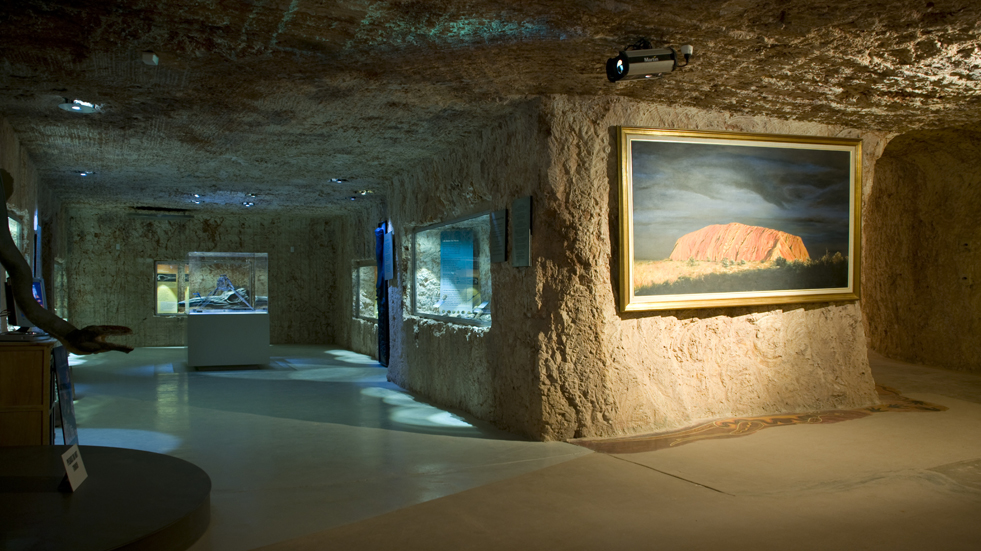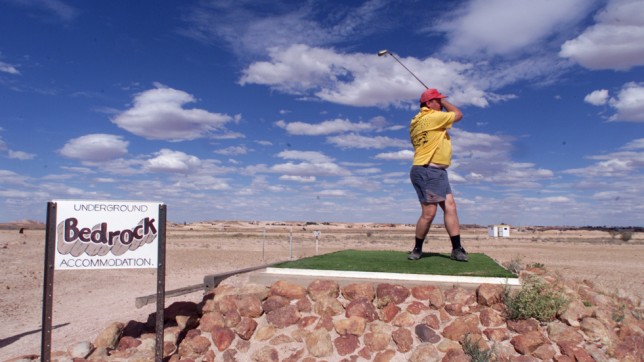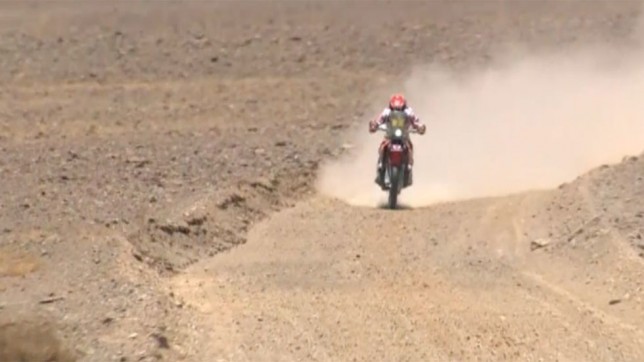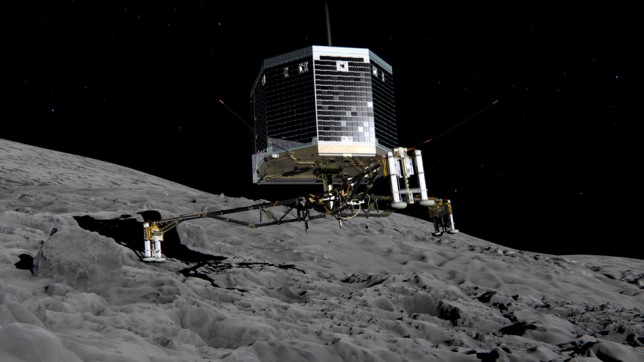by Jethro Bovingdon
The parched, dusty, deep ochre landscape that surrounds and seems to wash over the town of Coober Pedy in the northern part of South Australia is so inhospitable you might wonder why anybody would live there at all.
Home to around 3500 people, this unique community regularly sees temperatures of 45 degrees Celsius in the summer. Annual rainfall is just 175mm and when it’s not burning hot in Coober Pedy there’s little relief. This is an unforgiving place with icy cool winter nights.
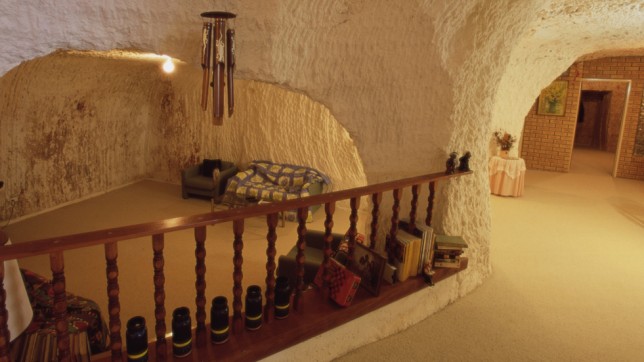
Underground homes in Coober Pedy have all the conveniences of modern living
Hidden gems
So what has brought people to Coober Pedy over the last 100 years from the far corners of the globe? Opals. Lots and lots of precious opals. It’s a place where fortunes have been made and where hopes and dreams have been extinguished in the depths of dark, claustrophobic mine shafts.
However, the precious stones aren’t the only thing hidden beneath the surface of Coober Pedy. Due to the harsh environment and the experience in the Great War of the first settlers in Coober Pedy, much of the population resides in underground ‘dugouts’.
Houses, hotels, churches and shops all carved into the sandstone and away from the vicious elements. Almost hidden from view these extraordinary structures, the product of innovation, have brought more tourists than the opals have fortune-seekers. They truly are something to experience.
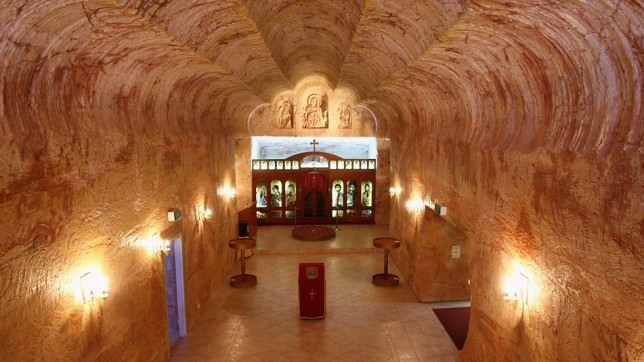
Inside Coober Pedy’s Orthodox church
A precious history
The roots of this settlement were laid in 1915 when the New Colorado Prospecting Syndicate arrived in the region looking for gold. A grand name but the small group consisted of Jim Hutchinson, his 14-year old son William, PJ Winch and M McKenzie.
They found no gold. But having set up camp and while looking for a water source the young Willie Hutchinson discovered pieces of opal. The town, originally named the Stuart Range Opal Field after the first European to explore the area in 1858, grew as word of the opal hauls spread and when the Trans Continental Railway was completed in 1917.
Former soldiers who had seen bleak trench warfare in the First World War arrived and soon they introduced the ‘dugout’ style of living to make existence in the extreme environment more bearable. In 1920 it was renamed Coober Pedy, taken from the Aboriginal ‘Kupa Piti’ or ‘white man in a hole’.
Underground city
Today the once perfunctory ‘homes’ that were created in old mine shafts have become something much more. Faye’s Underground Home is a great example of this and is open to the public.
The structure was once owned by the local mail truck driver and consisted of a single room, but when Faye Naylor bought the ‘house’ around 60 years ago it started a transformation. Faye and two friends carved more rooms using just picks and shovels. Incredibly the accommodation now includes a wine cellar and a swimming pool.
These places seem like a novelty, a tourist gimmick, but this was and remains a way of life in Coober Pedy. The hellishly dangerous pursuit of opals – often carried out alone in tiny mines that are extended using homemade explosives – is still active in Coober Pedy and there are some 200,000 mines of varying sizes in the surrounding area.
Located between Adelaide and Alice Springs it feels somehow desolate and exciting, hidden yet vibrant and, with more than 45 nationalities among its residents plus a steady stream of travellers, it’s ever changing and always surprising. We suspect it will continue to draw people like a magnet for another century or two yet.
Honda’s hidden genius helps to mitigate against accidents



